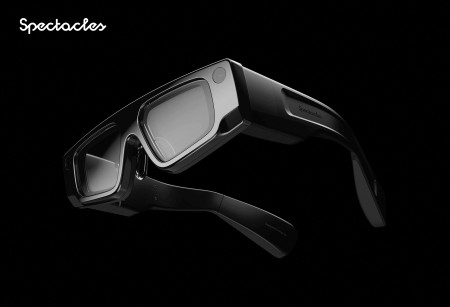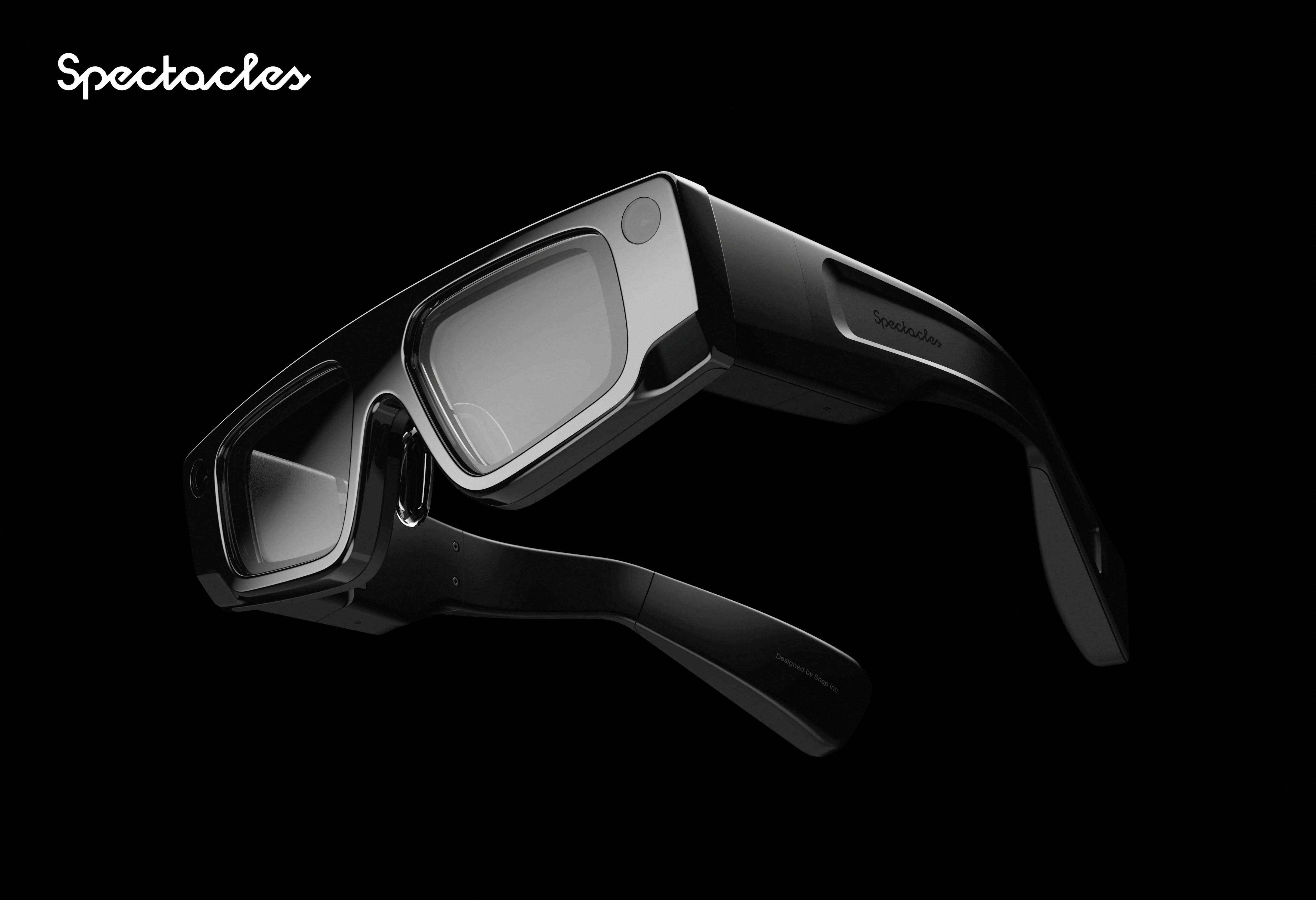By Sheila Dang
(Reuters) – Snap announced an upgraded version of its Spectacles augmented-reality glasses on Tuesday, doubling down on its bet that wearable devices to enhance the view of the real world will be one of the next frontiers in tech.
Snap, long known for its ephemeral messaging app Snapchat and animated filters, has been an early leader in augmented reality, which can overlay digital effects onto photos or videos of real-life surroundings through a camera or lens.
The first edition of Spectacles launched in 2016, but the effort has not increased revenue for Snap, whose business relies on selling digital advertising.
Larger rivals are also racing to advance AR. Meta is expected to unveil its first AR glasses during its Connect developer conference next week.
The fifth generation of Spectacles is powered by a new operating system called Snap OS. The user interface responds to the wearer’s hands and voice and the operating system better understands the user’s surroundings to render AR effects, said Snap CEO Evan Spiegel during the company’s annual partner summit.
The glasses have a larger field of vision than previous generations and automatically tints in sunlight.
Spectacles will not be sold to consumers initially and instead will be available for $99 per month to developers who create AR features.
That is a key step toward building adoption among everyday users, Spiegel said in an interview ahead of the summit.
“There has to be really compelling experiences,” he said. “By working really closely with developers and just continuously improving our platform, I think we’re going to get to a place where there are a lot of compelling lenses for people to try with Spectacles.”
The new operating system will also enable developers to make better AR experiences between two or more Spectacles wearers, Snap said. For example, two users in the same room could play chess on a virtual board that is rendered in the players’ surroundings.
A SIMPLIFIED SNAPCHAT
Snap also announced a redesign of the Snapchat app, reducing its previous five separate sections to three. The company previously simplified how users can interact with ads on Snapchat to improve results for advertisers.
Still, Snap shares are down 40% this year as the company struggled against larger digital-ad platforms with more users.
In a letter to staff this month, Spiegel said Snap has reversed two years of declining revenue and would continue to compete for ad dollars by going after smaller advertisers.
But he laid out the case for continuing to pursue AR, citing it as a nascent field where Snap can create user demand.
“Unlike in digital advertising, where we were a late entrant in a market with established, scaled players, we are a leader in the market for this new type of glasses,” he said.
(Reporting by Sheila Dang in Austin; Editing by Rod Nickel)






